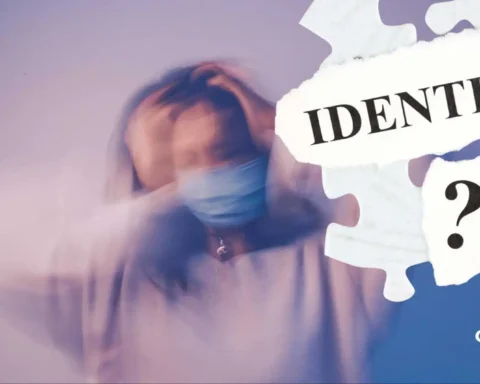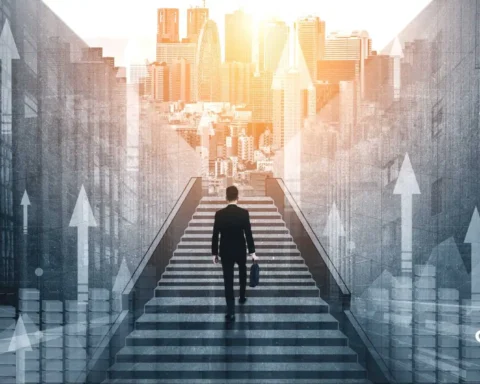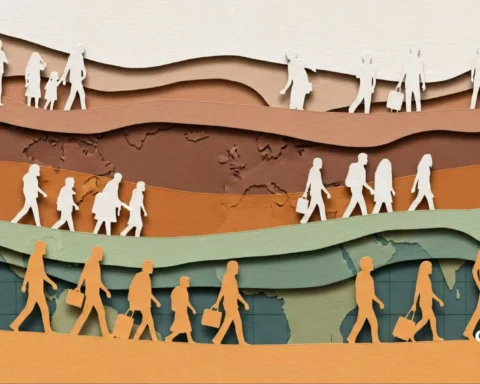India as a multicultural society stands as an inspiration to the entire world. The rich social fabric of Indian society encompasses different cultures, religions, ethnic identities and even diverse languages. Despite the constitution’s mandate of equal provisions for everyone, the question remains whether India can maintain the democracy of cultures, given the troubled times of the contemporary situation.
Let us try to unpack this question.
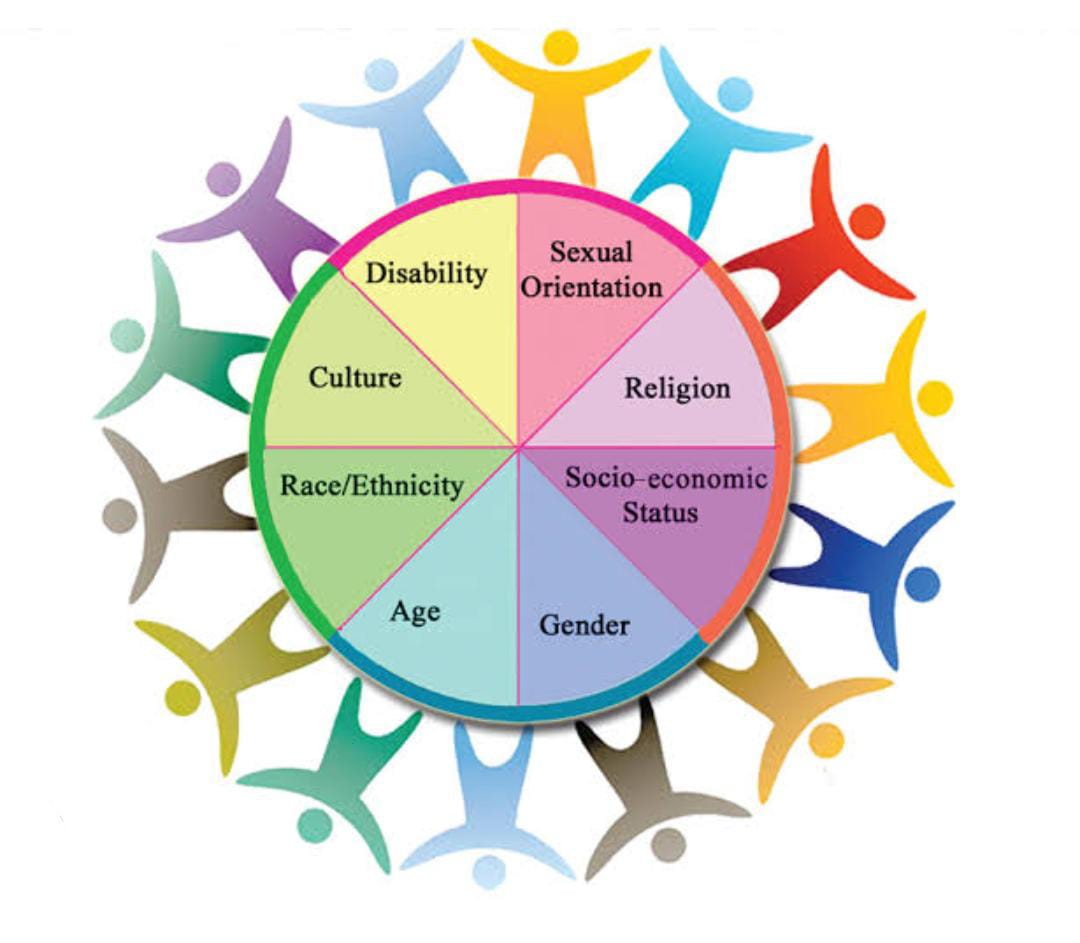
Table of Contents
What is Meant by Multiculturalism?
To put it simply, multiculturalism means a ‘multiplicity of cultures’ where there is equal space for a wide variety of languages, races, traditions, classes, and religious beliefs. A multicultural country celebrates ‘unity in diversity’ as it ensures a sense of tolerance within people. This, in turn, helps people expand their connections and enhances cooperation with people belonging to other cultures.
India as a multicultural society is a leading example to the entire world. Let us know about the multiculturalism of India in detail.

India As a Multicultural Society: Unity in Diversity
From its inception of the constitution on 26 November 1949, India has preached of a secular nation, which means there is no official religion of the state. This directly aligns with India being a multicultural society, where there is no particular religion or dominant culture. India is regarded as a country that not only recognizes but also celebrates diversity.
Multiculturalism has a greater value than cultural diversity, as it ensures a peaceful social cohesion of diversity of cultures. Thus, India stands as a true example of multiculturalism.
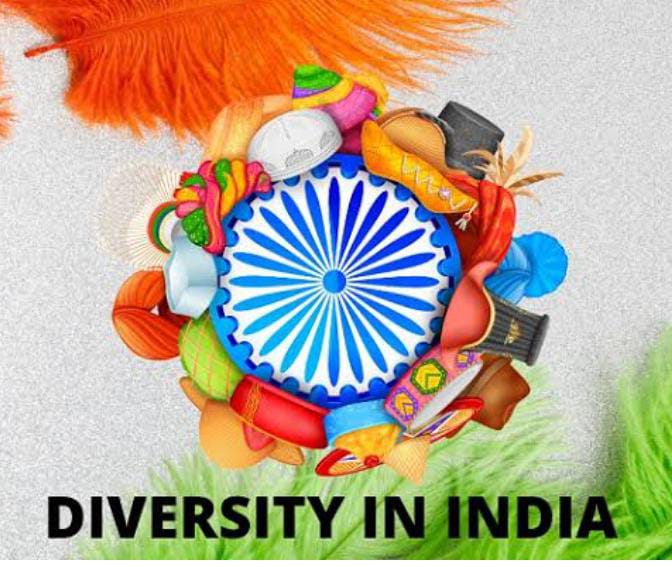
Features of Multiculturalism in India
India’s social fabric reflects the ethos of ‘Unity in diversity’. The key features which make India as a multicultural society are:
- Religious Diversity: India celebrates religious pluralism as it is the land of four major religions—Hinduism, Islam, Buddhism, Christianity—and even minor religions like Sikhism, Jainism, Zoroastrianism, etc. This land has sheltered refugees of different religious beliefs and allowed everyone to retain their own religious identities.
- Ethnic Diversity: A colourful mosaic of many racial groups, India seems to be an ethnological museum. Migrants from different parts of the world came and added their ethnic identities to this land of cultural pluralism.
- Linguistic Diversity: Perhaps linguistic diversity holds the biggest evidence of India’s collective identity as a mosaic of cultures. There is neither a particular official language nor a national language. Holding the record of publishing newspapers in almost 123 different dialects, India truly celebrates the policy of multiculturalism.
- Diversity in Class: India is the land where all three layers of class—the rich, middle class, and the poor—coexist together.
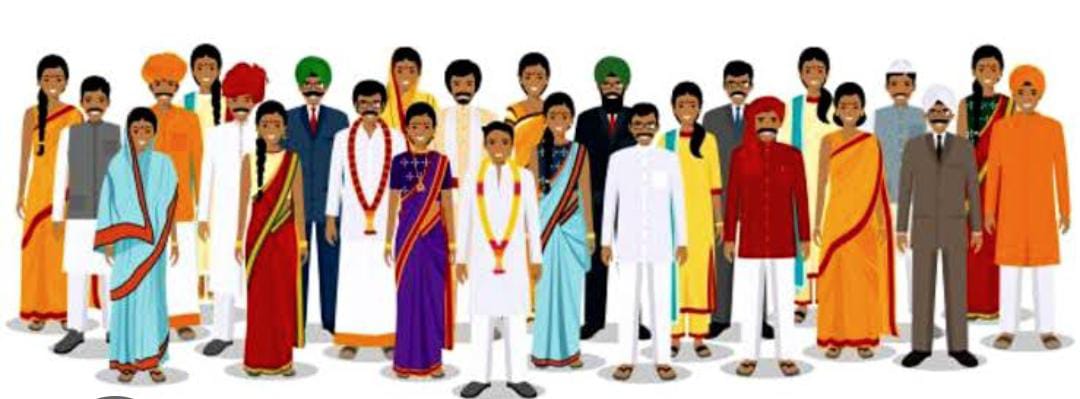
What Are the Challenges Faced By India As a Multicultural Society?
Though India as a multicultural society leads the world, there are also challenges that it needs to be fraught with. These are-
- Creation of identity politics that create a divide between religious minorities and dominant religious groups. This hampers the religious diversity that India boasts of.
- A fallout of multiculturalism is that certain decisions are taken, keeping in mind the priorities of certain groups and not of other cultural minorities.
- Though India as a multicultural society respects the cultural minorities and ethnic minorities, demographic dominance and radical movements within the subcontinent create paranoia within them about losing their cultural traditions.
- Global terrorism and the multiple wars between Hindus and Muslims create an atmosphere of tension. This creates a massive threat to the Indian culture as a whole.
- Though the constitution has provisions of equal fundamental rights for everyone despite their caste, class, gender, ethnicity or religion, this is not practised in reality.
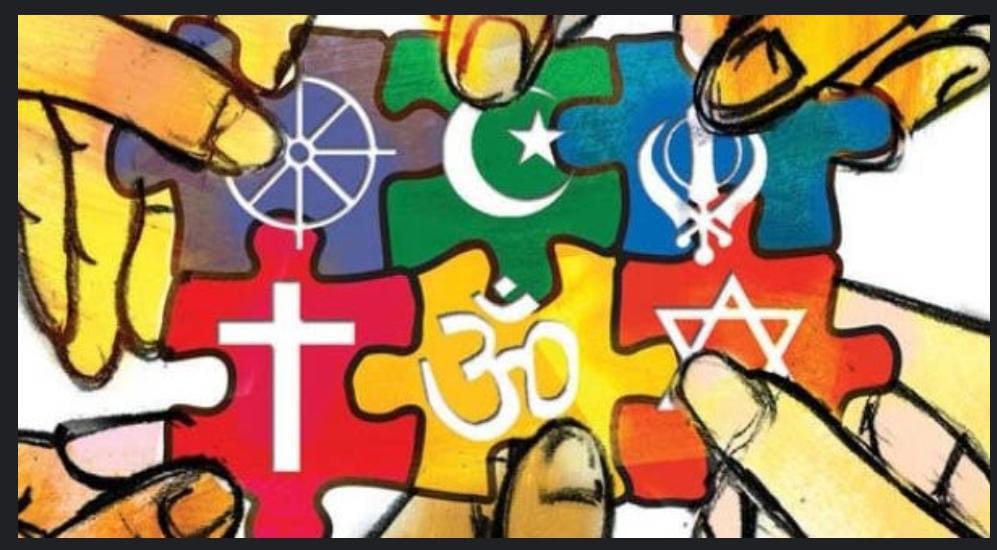
Can India Retain its Identity as a Multicultural Society in Future?
The concept of multiculturalism is artificial, as the cultural unity of diverse cultures cannot be practised for a long time. India, too, is no exception to this rule. Though it has multicultural policies that ensure the coexistence of minorities and religious diversity, the practical situation of Indian society is far-fetched.
Now, the main concern is whether India’s multiculturalism retains its distinct features or will be eclipsed amidst unification. Let us look at some key aspects of the policy of multiculturalism in India, which stands at a critical juncture.
- Opportunistic politics is creating a divide among different religions by making people remember the history of the bloodbath between Hindus and Muslims.
- Instead of maintaining religious and cultural distinctiveness, Indian democratic politics is leading India to have a single national identity- that of a monochromatic India.
- Followers of the leading ‘Hindutva nation’ consider Muslims and Christians (the two other most prominent religions) as foreigners who have a different country of origin. Their fundamental rights are often undermined.
- Religious animosities are threatening the religious diversity that forms the social fabric of India. Distinctive beliefs of religion are stereotyped based on myths and misconceptions.
- There is no specific national language, and English and Hindi are the two official languages, keeping in mind that English is a lingua franca and Hindi is one of the major languages or mother tongues in India, according to the constitution. But Hindi has now overtaken many languages as one distinct language, again threatening other language families.
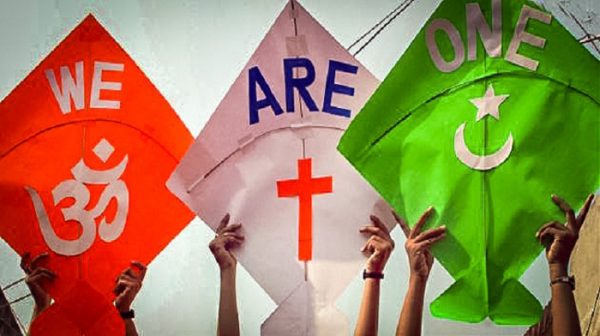
Conclusion
India’s social fabric has a deep cultural heritage of being a country that maintains distinctive beliefs within the umbrella of Indian culture. However, Indian culture, which celebrates ‘Unity in diversity’, now stands on the brink of becoming a monochromatic India. The future can only tell whether India, as a multicultural society, will be able to maintain its rich tradition or will get subdued by new government policies. What the Indian citizens can try is to maintain cultural unity by respecting everyone’s culture, Indigenous languages, different religions and different regional identities.

FAQs
What makes India a Multicultural Country?
India is a multicultural country because of its rich tapestry of various cultures, religious identities, diverse language groups, and different class and ethnic identities.
Why is a Multicultural Society important?
A multicultural society is crucial because it does not undermine or prioritize any particular religion, class, language or caste. It gives everyone an equal space of importance.
What Language is spoken in Indian Society?
In Indian society, different languages are given equal space in the public sphere. However, Hindi and English remain the two officially recognized languages in India.





